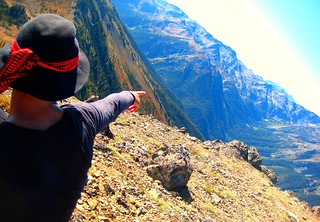 |
| Image: "Welcome to Sierra" by and Courtesy of Innovative Interfaces, Inc. |
Innovative Interfaces' Sierra gives libraries greater flexibility to customize the integrated library system (ILS). That's welcome news to many who have asked for greater flexibility to incorporate Web 2.0 technologies into the backbone of library systems as well as their online public catalogs (OPACs).
Libraries have wanted this for about 6 years or more, and the pressures of library needs, shrinking budgets, and open source threats have caused Innovative to innovate. Although it is understandably difficult for a company to completely revamp their flagship product, some may feel Sierra is long overdue in a world that has lost its patience with clunky library systems.
Marshal Breeding has, of course, given a nice overview of the ILS. Additionally, the University System of Georgia has a nice PowerPoint that Innovative Interfaces provided for a webinar.
The Ohio State University's library system will be moving to Sierra according to this position posting. From a patron standpoint, it will be interesting to see if there are any noticeable changes on the front end.





